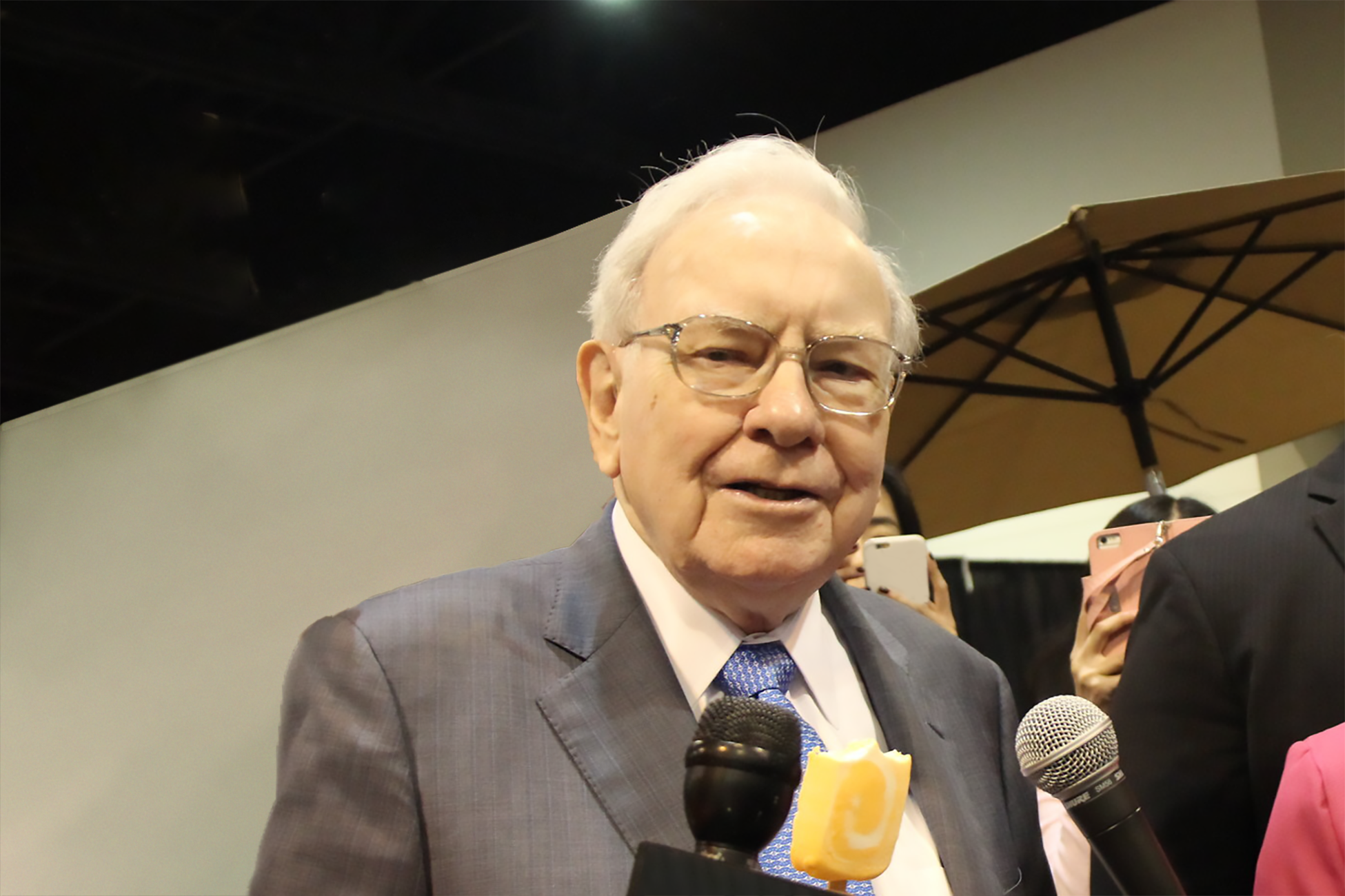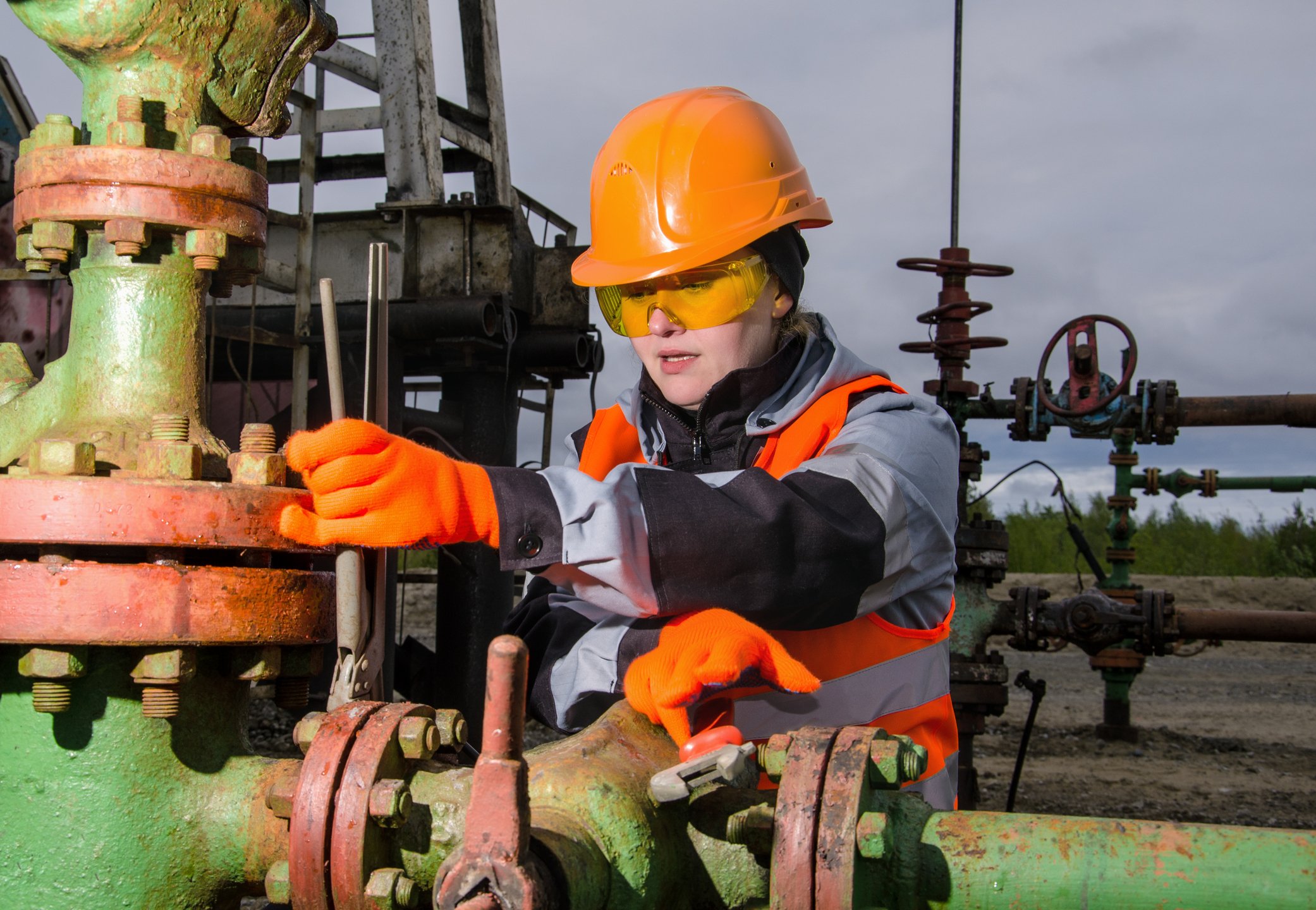Liquefied natural gas, or LNG, has been a hot topic since the crisis in Ukraine started. This is because Europe depends on Russia to provide a third of its natural gas. The continent wants to reduce this dependence, and LNG imports offer a popular solution to this problem.
While replacing Russian natural gas with LNG from the U.S or other more stable trading partners is a long way off, investors should still pay attention to current LNG projects. There are many areas of the world in addition to Europe where demand for LNG is growing, such as Asia. Therefore, these projects have the potential to pay off for those companies that are undertaking them even if they are not specifically targeting Europe as the destination for their production. One such company is Total S.A. (TOT +0.00%).
Elk-Antelope
Elk-Antelope is a giant natural gas field located in Papua New Guinea. Total acquired a 40.1% stake in the project earlier this year as part of its goal to grow its production by 30.4% by 2017.
The project has a very ambitious development timetable, with all of the companies involved wanting to begin the appraisal process as early as this year or next year. In fact, the company has already had success with its test wells at the site, which have revealed a column of 788 meters of gas in the Elk block and 688 meters of gas in the Antelope block. If this development process proceeds on schedule then it could position Total quite well to become a major supplier of LNG to the growing market for it in Asia.
LNG demand grows in Asia
Europe is not the only region of the world that is likely to demand more natural gas going forward. Asia will also see higher demand. According to the U.S. Energy Information Administration, the consumption of natural gas in Asia's OECD-member nations is expected to increase by an average of 1.3% per year from 2010-2040. This will increase this region's consumption of natural gas from its current level of 6.7 trillion cubic feet per year to 9.9 trillion cubic feet per year.

Source: Energy Information Administration
However, this growth will be dwarfed by the growth in demand from those Asian countries that are not members of the OECD. The EIA expects natural gas demand in these countries to grow at an average of 3.3% annually over the 2010 to 2040 period. This will increase the region's consumption from its current level of 13.9 trillion cubic feet to 36.3 trillion cubic feet.

Source: Energy Information Administration
The Elk-Antelope project is located in Papua New Guinea, and this positions it almost perfectly to serve as an export center for natural gas to Asia. Thus, the Elk-Antelope field should position Total quite well to become a source of natural gas to this growing market.
Yamal LNG Project
The Elk-Antelope project is not the only LNG project under development by Total. Another project is the Yamal LNG project, which is located on the Yamal Penninsula near Sabetta, Russia. The full project consists of the construction of a liquefied natural gas plant which will process gas that is extracted from the giant nearby Tambey gas field. This field is expected to be one of the largest in the world.
The Yamal Penninsula is located at the northern tip of the Ural Mountains, which separate Europe from Siberia.

Source: 2b1st Consulting
This is one of the harshest regions of the world. As a result of this the project has suffered from budgetary and timetable problems, but it now appears to be on course to begin operating around the latter part of this decade.
This field is perfectly positioned to supply either Europe or Asia with natural gas. However, Europe is more interested in reducing its dependence on Russian gas while China is looking to increase said imports. Thus, the development of this project should also be helpful for Total's future growth.
In conclusion, LNG is often mentioned in the news as a way to reduce Europe's dependence on Russian natural gas exports. However, LNG more likely presents an opportunity for investors to profit off of growth in Asia. Through its two giant natural gas projects in Asia, Total may be well-positioned to take advantage of this opportunity.






